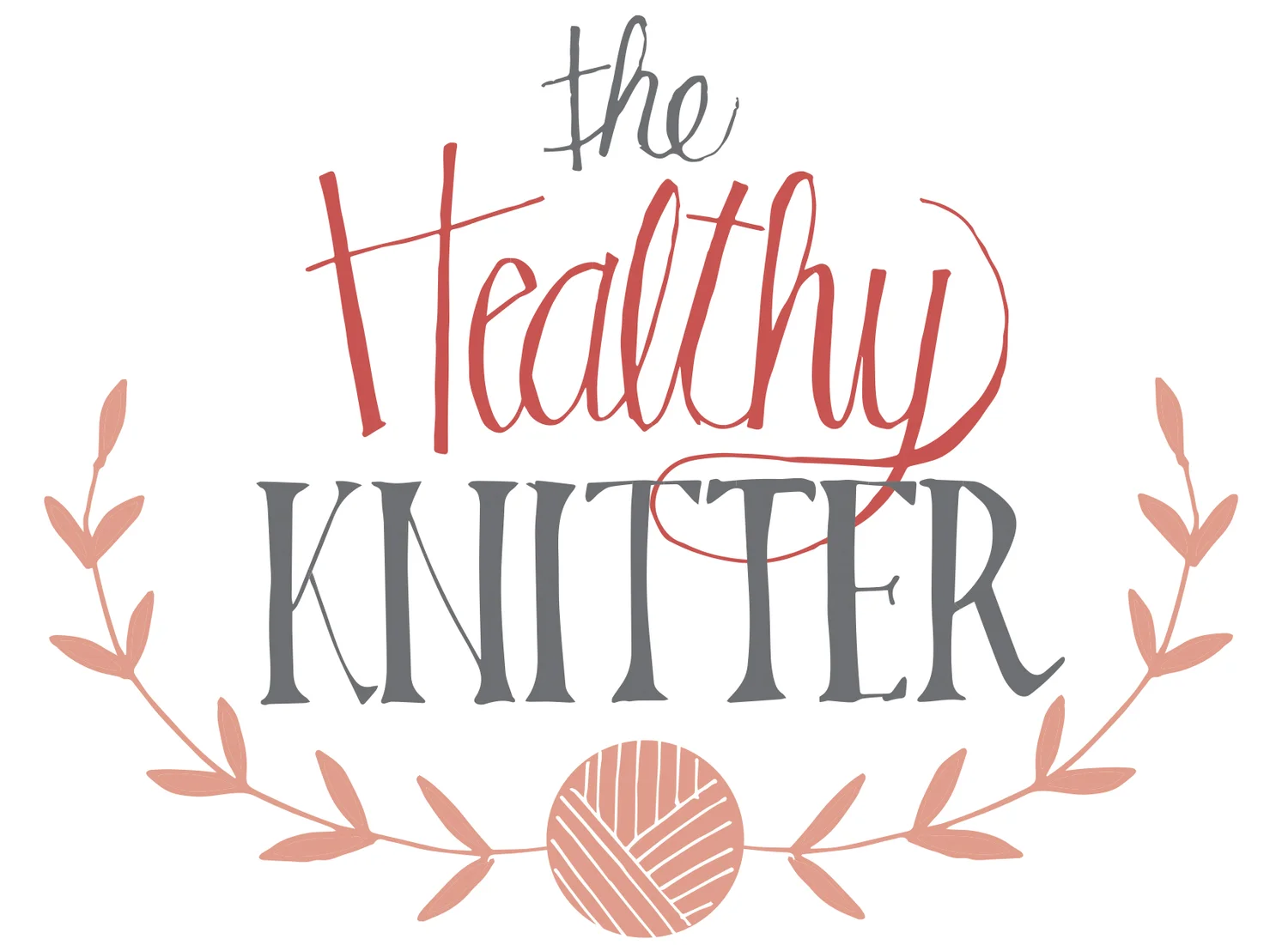Cast on 25 sts using a long tail cast on, knit across. Turn your work and knit across all the stitches. Repeat until you have an appropriate length. Cast off.
The instructions for your first knitting project may have been very similar. Mine was a made of yellow wool and it became a garter stitch doll blanket. Perhaps you made a doll blanket, or scarf or potholder? My first knitting lessons were task oriented...to learn a skill or so I thought.
I've been knitting for 40 years now and still there are so many techniques left to learn. I suppose that's one of the fascinating and intriguing aspects of knitting; there's always something else more to strive for, to accomplish. It's never finished and in many ways it's never perfect. In the world of yoga, it's called a "practice" because it's known that perfection is never attained so therefore we practice. Maybe in knitting we have a "practice" as well.
Knitting is sneaky though...I'm beginning to understand that knitting has the ability to teach us so much more than we expected when we signed up for that first knitting class. For example, in the current mystery knit-along and walk-along, Coddiwomple, clues #1 and #3 were the same stitch pattern except for one tiny detail. In clue #1, only one color was used yet in clue #3, two colors were used creating a stripe pattern. I found myself wondering when the first section would end...how long would it take me to knit this section. Then on the third section the stripes made the task more manageable. It flew by...same length just a different approach. Small goals add up to big accomplishments.
Again, in Coddiwomple, clue #2 involves some lace knitting which has an uncanny ability to reveal how frequently the mind wanders. The other lesson learned from knitting lace is realizing how frequently we read into the pattern what we think it should say instead of what it actually says.
Some find lace knitting frustrating because they have to pay too much attention or find that it's too easy to make a mistake. Perhaps we can look at it from a different angle...maybe this type of knitting is an opportunity for us to focus, to be mindful about the task at hand. It forces us to slow down a bit instead of always being in a rush.
Speaking of mindfulness, both Knit Your Peace and Project Peace 2016 were designed to promote mindfulness. The first two rounds of Knit Your Peace require focus but allow for a rhythm to be established followed by two rounds of knitting that allow the mind to wander. Just when you think your mind might drift off into eternal stockinette land, the stitch pattern brings you back to focus and a rhythm.
Similarly, Project Peace has two rounds of a 3-stitch rhythmic pattern that requires attention followed by 2 rest rounds. Here we find that our knitting can teach us how to be more mindful, to relax but not zone out. Here lays the beauty and healthful aspect of knitting...teaching us to create a sense of awareness of our surroundings and to knit with intention.
Now, sometimes, we all just need to knit to get-away from it all. And here we find refuge and comfort in our knitting reaffirming that it's ok sometimes to need a break, to relax, and disconnect from our every day lives.
Who knew that two sticks and a piece of string could contain so many messages/lessons. We knit, one stitch at a time, connecting the past (the stitch we just knit) with the present (our current stitch) and looking to the future (the one we are about to knit). Whether we knit in solitude or a community we are all connected by our ability to create something grand out of something so small.
What did you think you'd learn when you signed up to learn to knit?
Mindful Monday Tip #16 (although it's arriving on tuesday)
What project(s) are you working on right now? What lessons are there for you in your knitting? Do you need to slow down, to be more present, to relax, to reach out to someone to get a little assistance? Perhaps your knitting is telling you something. What is it?


